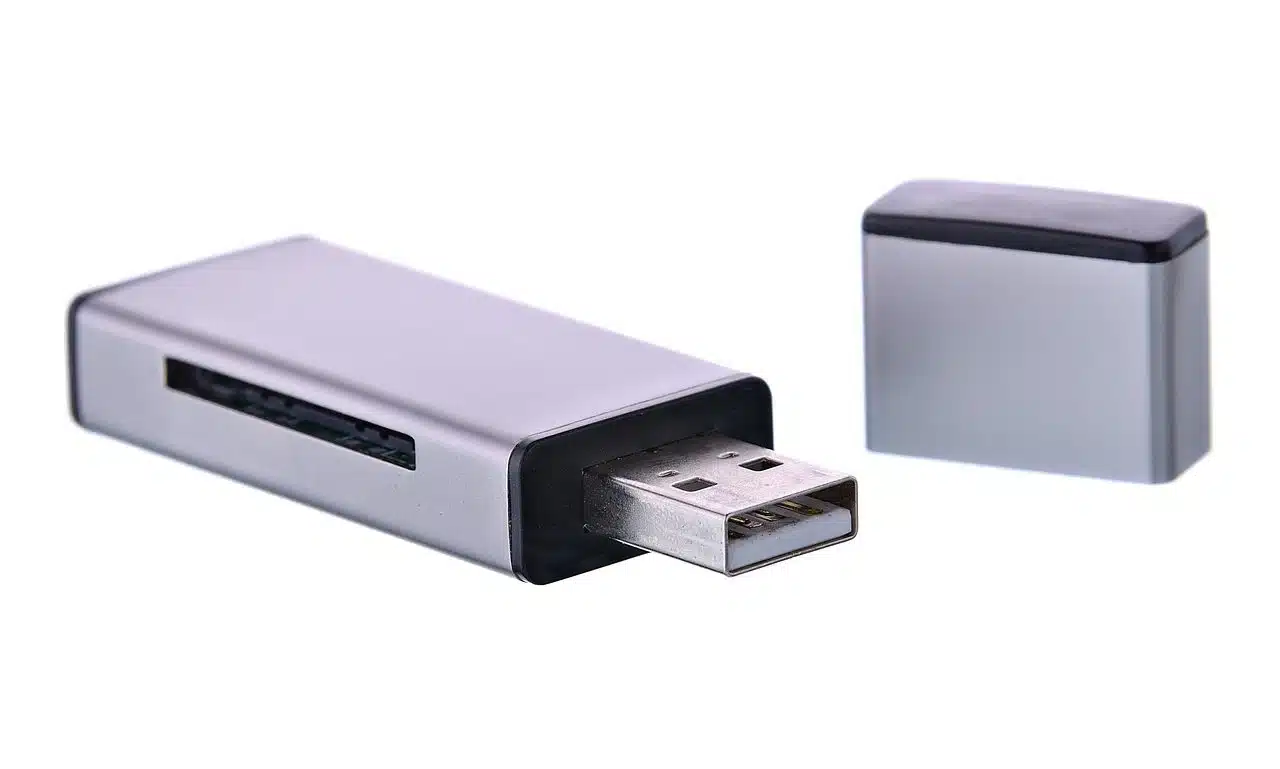
The flash helps improve lighting conditions when taking a photograph.
Flash is a term that comes from English and can refer to the device that provides the light necessary to take an instant photograph using a flash . That same flash is also called a flash.
For example: "When I was a child, my grandfather gave me a camera with a flash: it was the gift that I remember most fondly" , "We are going to have to repeat the photo because the flash did not come out" , "The lamp flash was a "very important invention."
Flash in computing
The concept, however, has other uses. In the field of computing , Flash is the name of a technology developed by Adobe Systems that allows creating and manipulating vector graphics to develop animations and interactive content: "I want to include Flash on my company's website since it provides a very attractive aesthetic." » , «Yesterday I found a site with Flash games that are very fun» , «My browser generates an error when I try to watch Flash animations» .
For many years, the Flash program and its programming language , ActionScript, were the ideal choice for any web developer who wanted to bring life and beautify their sites through small applications, animated menus, audiovisual presentations, games and more. The interface of the famous tool, which originally belonged to the Macromedia company, has become increasingly flexible and powerful, and offers various possibilities to creative and restless minds.
One of the biggest advantages that Flash offers developers in contrast to other design and programming platforms is the time required to see the first results, considerably less than many of the alternatives. In this sense, Flash is ideal for creating prototypes of different types of programs, including conceptual tests of applications that will have a different appearance and function, but with a base that can be seen with some geometric figures moving on the screen.

Flash memory is a storage technology.
Comparison with HTML5
In the last decade, the appearance of HTML5 (the fifth revision of the language with which web pages are created) began a "war" with Flash, and many believe that sooner or later it will end up replacing it completely, since it basically allows you to create the same type of content, but also offers a series of advantages, such as the following:
- It allows the content to be better indexed by search engines , since the content generated with HTML5 can be read by them, unlike Flash files.
- The presence of CSS3 (third version of the Cascading Style Sheets language), which goes hand in hand with HTML5, opens the doors to depending less on JavaScript and being able to more effectively control the style that each element of a page will have.
- If you use a recent browser , any mobile device is capable of playing content created in HTML5, unlike the limited compatibility they usually offer with Flash.
Regardless of the personal tastes and preferences of each developer, large companies are stopping using Flash in favor of HTML5, and Adobe itself has announced that it supports the triumph of this language in the mobile sector, which includes phones and tablets. .
Other uses of the term flash
A flash memory , on the other hand, is a storage technology that allows reading and writing to multiple locations in the same operation. This technology is used in pendrive devices: "I already saved all the vacation photos on the flash memory" , "We need a new flash memory to make a backup copy" .
The Flash is also a superhero created by DC Comics who is characterized by his superhuman speed when running. Its first appearance took place in 1940 .
A flash, finally, is an urgent and brief news item transmitted by a media outlet, generally with the intention of expanding the content in the immediate future: «Last minute flash: train crash in India. There would be dozens of deaths .
